111
Now the whole world had one language
and a common form of speech.
(Genesis 11:1)
111
Write on a scroll what you see and send it to the seven churches. (Revelation 1:11)
111
Then I was given a measuring rod like a staff and was told, “Go and measure the temple of God and the altar,..”. (Revelation 11:1)
111

RE VEL
Bird of Fire
Gather together for the Revelation.
(The Path To Sky-End, line 111)
This will be my eleventh article on Graham’s website but that isn’t the reason I gave it that title. The subject, as you might have gathered, is revelatory, apocalyptic, revolutionary and, for those who insist on their unique positions of power when it comes to the recounting of our common history, it culminates in an all-consuming fire.
People who have been following my work will already know that my translations – re-translations – of the Sumerian texts follow the rules laid down by academia only insomuch as I abide by the meanings of the individual and largely monosyllabic words found in existing lexicons, those that have been painstakingly re-assembled through other later related languages – in the same manner as that used for the interpretation of Egyptian hieroglyphs. From time to time (but rarely), I take the liberty of expanding that dictionary with unrelated, fully justified meanings, their presence always explained in side notes.
Other than that, I have no use whatsoever for the principles of grammar devised by 19th century scholars and faithfully reproduced ever since. No more than I have any use for the term ‘semitic’ invented in the 1780s (just a few decades earlier) for the purpose of setting up a new classification in which to group a number of cultures and, more particularly, their languages, a label that simply did not exist before that time. Apart from its most obvious modern-day misuse (which is not my subject), that vague and broad-sweeping classification has served to tear Akkadian from its prestigious roots, conveniently isolating it from everything ‘Sumerian’ that went before, used as justification, the early texts having supposedly been written in an unrelated ‘non-semitic’ language. Was there some undisclosed purpose to the invention of the notion of semitism in the study of languages? I don’t know. Should we perhaps reconsider the truth of the declared timeline of the first discovery and understanding of the tablets? Did 18th century scholars already have wind of their contents and fear that certain biblical texts might be undermined? I don’t know.
My disgust for the multitude of nonsensical and sometimes overly salacious interpretations of the Mesopotamian texts has grown over the past few years. Those themes are so obviously superficial, childish even, the long meaningless names blatantly invented to fill gaping holes in comprehension, all of them unconnected to names found in later cultures… Where in hell’s name is Marduk who was supposed to be such an important deity in Babylon? Why did Herodotus never mention him? The story of the king who has no clothes comes naturally to my mind. But what about you? Am I really alone in thinking that the 19th and 20th century translators of Sumerian simply stuffed the carefully chosen words of those artful scribes into their own subjects of predilection and then hid their failings behind the quasi-impenetrable wall of their own prescriptive rules? I look around at what appears to be a fawning crowd. REALLY?
No, Sumerian is not a code. I fully agree with the affirmation of a notable scholar of that language, Dr Irving Finkel, whose jocular presentation of the subject has received over two million views on Youtube. (Cracking Ancient Codes – Cuneiform Writing) In that lecture he hammered home the obvious fact; a language is not a code. Did anyone say that it was? I have no idea. At the same time, he appears to be oblivious to the fact that there are messages encoded in the Sumerian texts, notably acrostics – repetition of words read vertically – but not only.
When you watch Dr Finkel’s presentation, it becomes easy to see why those glaring examples of wordplay (such as the Sumerian Solstice Riddle from lines 223 to 227 of The Story Of Sukurru) are totally invisible through the lens of academic philologists. Put simply, the original words written on the tablets are disregarded once they have been turned into alphabetic equivalences and everything is then understood in terms of the multiple forms accorded to each. No-one returns to read the original cuneiform. Take the example of KA given in Dr Finkel’s presentation (at 19m). Here is the gist of it:
We discover that the word in its modern form can also be read ‘dug4’ or ‘gu3’ or ‘inim’ (or a variety of other ways not listed here). The only way to know which meaning applies and thus which alphabetic form to use in the transliteration – always according to Dr Finkel’s explanation – is to look at surrounding words which magically define it. In my world, that’s called context but not here; in this complicated grammatical set-up, some words are only indicators of the meaning of other words.
Is it a noun? Is it a verb? Is it an adverb? If the strange-looking head appears at the end of a line of text, it’s probably meant to be read as a verb. And so, the philologist will carefully write down ‘dug4’, ‘to speak’ in the transliteration. If the same word is found elsewhere in the line, it will get a different ‘name tag’ according to its purpose, according to what is thought to be its purpose. Thus, the head might appear three times in the same line of some ten or twelve words and be read as ‘gu3’ followed by ‘inim’ followed by ‘dug4’, while in truth the Sumerian word does not change its form in any way. It merely changes position within a phrase.
If you don’t read cuneiform, don’t look at the tablet, or have any understanding of how the academic philologists’ minds function, you will read ‘gu3 x x inim x x x dug4’ and never guess that the three transliterated words on that one line were originally identical. Not only that, you will never guess that the choices were made according to the transliterator’s perception of the final meaning of it. It might just as easily have been left with the one sound equivalence and the decision as to meaning made after studying the positioning and repetition of that one unique word (which, for those at the back of the class, was not alphabetic in the first place):
Of course, Dr Finkel’s method implies prior knowledge of a fixed, prescriptive grammar. Where did that come from? Has anyone ever seen a tablet labelled ‘Sumerian Grammar Rules’? (Dr Finkel explains the way in which they were devised in the 19th century.) It also implies that the person has an inkling of the scribe’s intentions, of the subject under scrutiny and, above all, it implies that the result makes perfect sense. This obfuscation through alphabetic labelling also ensures that no wordplay, no code initiated by positioning or by repetition of a sign could possibly pierce through the fog of the transliteration and be understood in modern times. Was it deliberate? I don’t know. Here’s just one of a great multitude of etymological bombs that result from studying collocated words in context and without the complication of modern grammar:
The decisions are made by the transliterator who is also the translator, always according to the rules set down in the 19th century. Is it a mouth? Is it a tooth? Is it a piece in a puzzle? Who gets to choose? And what might be lost?
You will have noticed that KA (in its various alphabetic forms) has meanings which all relate in some way to the mouth. In the same way, the cuneiform sign SAL, which also has a variety of alphabetic labels, takes the form of a vulva and has meanings stemming from the initial concept of ‘female’. How did we get to know about the prostitute in the current version of Gilgamesh’s story? That’s how – by reading SAL on the tablets. What other subject could such an obviously sexual pictogram be referring to? And we can always fall back on Gilgamesh to prove that existing translations are valid, can we not?
What fault could possibly be found with haloed Gilgamesh? (See my article The Trouble With Gilgamesh.) True, he went slightly off-script hero-wise when he introduced his hairy friend Enkidu to a prostitute but then, what good is an ancient story between men of letters and of the cloth without a whore or two to liven things up? That was surely the level of intellect and type of subject that the original scribes also had in mind when they so carefully copied and recopied those neat little cuneiform signs across those equally carefully crafted and impressive tablets held in museums around the world. Who could doubt it? Long live Gilgamesh! The king wears the clothes of a court jester but still – apparently he has them on. That’s surely all that matters.
I discovered my first great riddle by noticing three SAL at the beginning of three consecutive lines in The Story Of Sukurru. The idea of an acrostic present in that text didn’t strike me until well after the entire text had been translated. That took about two years. Out of curiosity and to verify that I wasn’t hallucinating, I looked for other clues and discovered that the sixth word NI over three consecutive lines in that same section was also identical. I don’t know what the probabilities of a coincidence are, but I guess that they’re not very high. Here is an idea of what it would have looked like if the scribes had written it down in the earliest pictographic form (it dates to a few centuries later and anything is possible):
The three SAL, found in the context of celebrations, represent the number of nights spent by the sun at the winter solstice in the matriarchal chamber (the ultimate meaning of that sign), the three days and nights when UD, the sun and only god of the Mesopotamians, hesitates in its path along the horizon before turning back. GIS/GIZ/JES (call it what you will) is the axle shaft of a great cosmic mill, but also, of course, one of the symbols of the ithyphallic male hero. BAL indicates that it/he is turning. The wooden spindle turns. The great mill of the sky turns. I found myself obliged to republish The Story Of Sukurru with an annexe on that discovery.
And on her forehead a mysterious name was written: BABYLON THE GREAT, THE MOTHER OF PROSTITUTES AND OF THE ABOMINATIONS OF THE EARTH. (Revelation 17:5)
And as for whores, we have written proof that they have long been a necessary nuisance to good men. One of them, in particular, is well known to us thanks to biblical Revelation and to the Greek language. She was an inhabitant of Babylon, which was, of course, a famous city in the southern region of Mesopotamia. What was her name? Errrr, Babylon? Yes indeed, not just any old prostitute, an entire city in the south, written in capitals so that we don’t forget HER or HER iniquity.
Note that I don’t refute the presence and importance of sex in the Sumerian literary texts. I myself uncovered a somewhat explicit scene in a section of The Story Of Sukurru. For a while, it had me worried. What was it going to reveal? What would the scribe expect of me? The ending on line 198 put my mind at ease and blew it, all at the same time. It turned out to be a relatively straightforward metaphor for a great flood. I wrote:
Over the soft palm of Ga on Earth a great flood there is, the reed stalk not holding back…
Fortunately for me, the verb – given twice – TAT TAT – has the dictionary-given meaning ‘to hold back’ and was preceded by NU which is a negative…not holding back. There could be no mistake. Pure ecstasy for a translator.
Considering that I myself wrote it down in 2016, like the riddle of the solstice it has taken me an extraordinarily long time to come to the full realisation of the importance of that passage, that the reed stalk in question (in this case GI, a component of GIS) was more than just a ‘heavenly penis’ as John Allegro would have labelled it. In its entirety (and always according to context), that section is an analogy of the galaxy as celestial mill where the reed stalk, the heavenly penis, proves to be the axle shaft in an unstable rotation inside the hole in the sky that we know as the pole, pointing more or less towards different stars in that region at different epochs – a reference to Earth’s gyroscopic wobble and to the astronomical phenomenon known as the precession of the equinoxes. And the flood came only at the end of a great cycle of time. That said, it has never been proven that the Babylonian astronomers ca.1600 BC were aware of precession, let alone that it was an underlying theme in a text from some 1,000 years earlier.
Never forget that The Story Of Sukurru dates to at least 2500 BC and was discovered in that region between the two rivers, Tigris and Euphrates, the land of Gobekli Tepe where, at some point in time, the astronomers of Harran honed their skills and where a strange female figure was – perhaps surreptitiously – scratched into stone around 9600 BC:
Repetition of the word TAT signalling plurality of some kind, I invite you to carefully observe both the head and vulva, and come to your own conclusion about the figure. Local whore or celestial Matriarch? Earthly vulva or place of a celestial shaft… or two? Crude etching or mind-bogglingly important piece in an extremely ancient puzzle? It’s always a question of perspective and context.
There are numerous riddles or codes (again call them what you will) in the Sumerian texts. My most recent discovery is that of the encoding by line number in certain literary texts. The lines of the best preserved tablets are not openly numbered but, if there are no breakages, it’s possible to count them. I hope everyone reading this has done their homework concerning the astronomical side of things, in this case the precession numbers. I’ll keep it short. 72 is the number of years necessary in order to perceive just one degree of the backward motion of the sun against the backdrop of each constellation at the equinoxes and solstices, 72 being the smallest cog in a mighty machine requiring 25,920 years to complete one full revolution. 72 years allow us to note an equally slight, barely perceptible shift of the axle shaft in relation to the prevailing pole star, a movement from one focal point to another.
Here are a few words borrowed from another Sumerian literary text and recently posted to my website. It’s not the only example of this type of coding but it is the best for my purpose here. Line 72 of Enlil and Ninlil begins:
The title of this my eleventh article is best understood in the context of the parable of the workers in the Book of Matthew. He likens the Kingdom of Heaven to a landowner who hires workers, some early on in the day and others at a far later time, the eleventh hour. It’s a story of the righteous indignation of the first-comers – let’s call them the elite – faced with a seemingly unfair situation; those who were hired at the last minute being paid the one denarius promised to all, the same hourly rate as others who had worked hard the entire day in the vineyard:
https://biblehub.com/bsb/matthew/20.htm
It ends:
So the last will be first and the first will be last. (Matthew 20:16)
I’m currently working on a second re-translation of a literary text to be called The Path To Sky-End. Hoping to have it ready for publication sometime this year and that, like a phoenix rising from the ashes, the scribes of Mesopotamia will reveal the truth of their ancestral knowledge once again. A promise is a promise. Around and around we all go.
See also:
Madeleine Daines’ website – madeleinedaines.com.
Cracking the Ancient Codes: Cuneiform Writing with Irving Finkel- Youtube Video






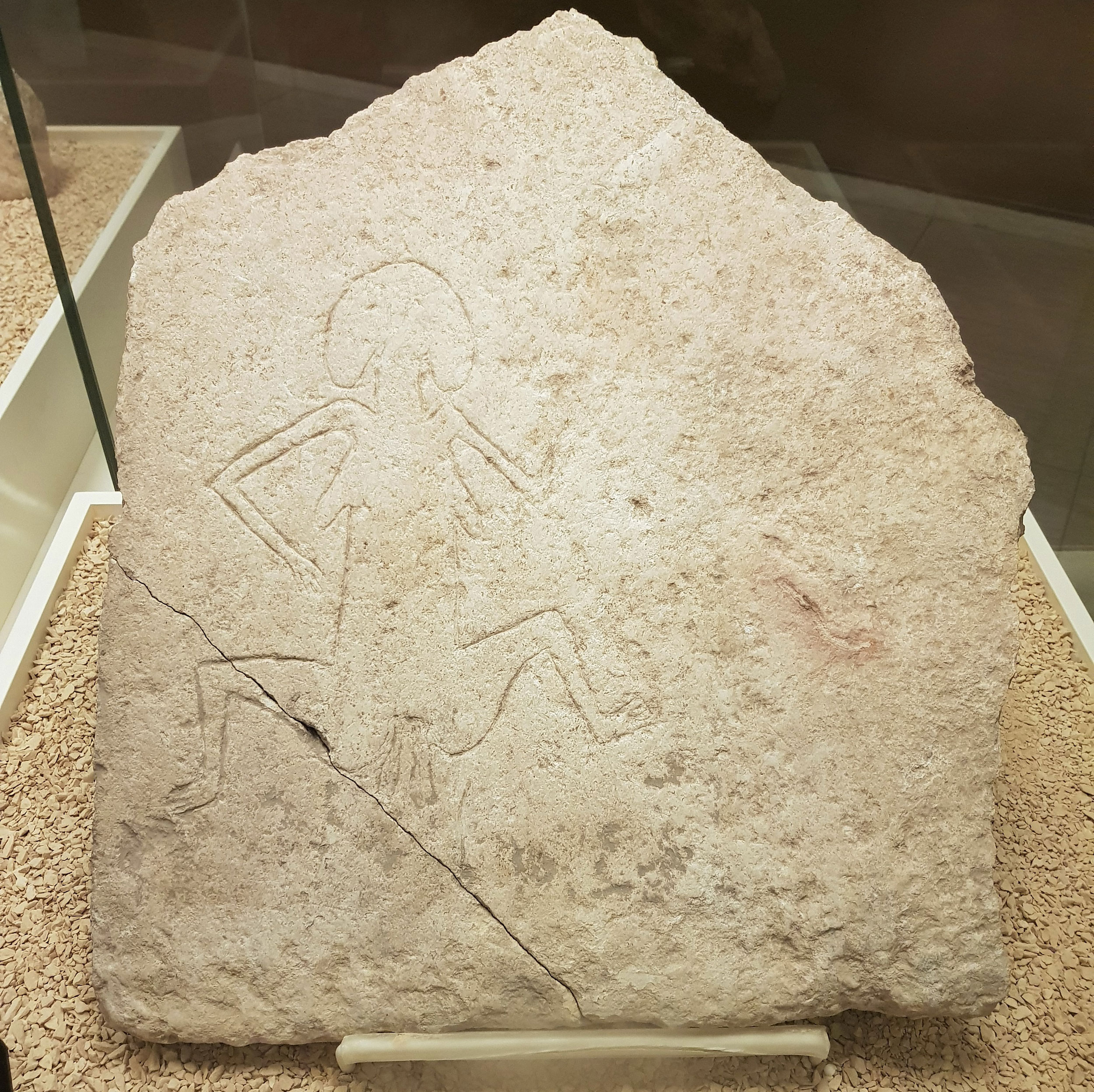
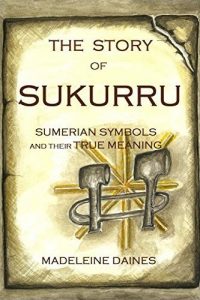
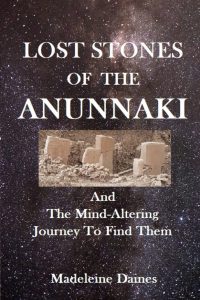

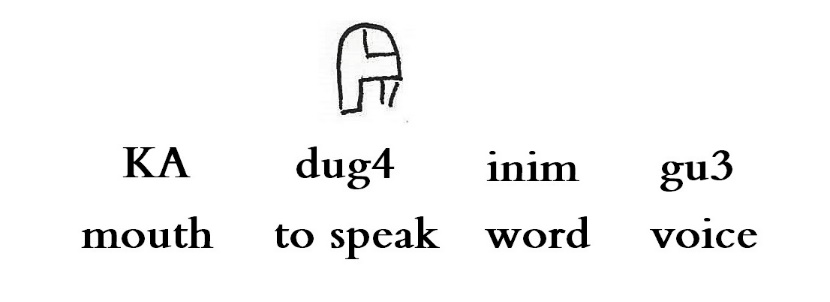


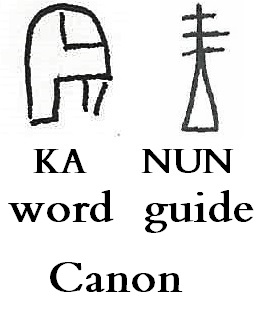


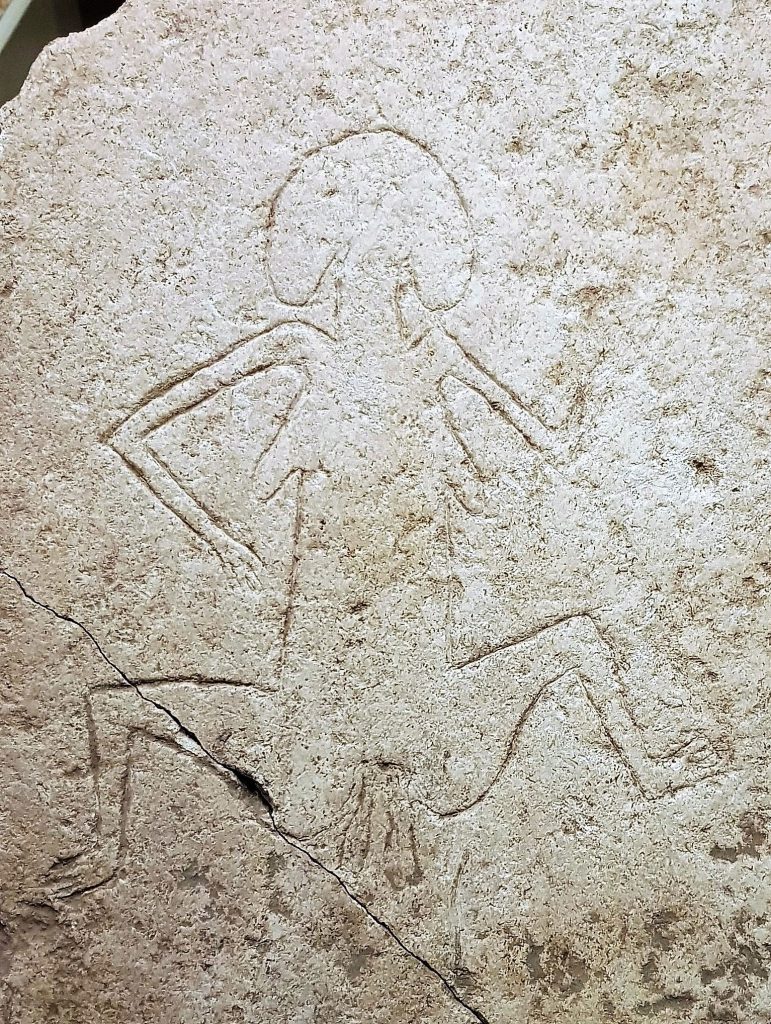
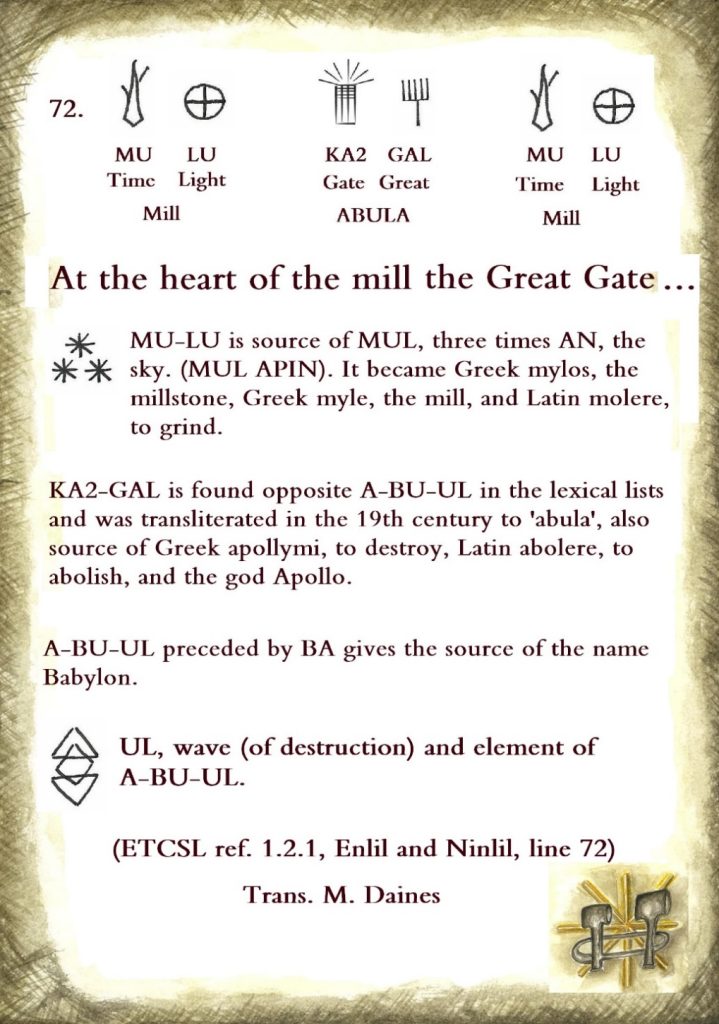
Is MUL APIN not Plough Furrow any more?
MUL APIN is the incipit of a well-known Mesopotamian astronomical text. APIN has the given meanings ‘furrow’ and ‘plough’ – as you will have had no difficulty finding by clicking on the ePSD website. Not sure I understand the inference of ‘anymore’. I make no mention of refuting given meanings of individual words.